Have you ever been captivated by the enchanting beauty and intoxicating fragrance of jasmine flowers? These delicate blooms have an irresistible allure, drawing us in with their ethereal charm. Whether adorning trellises, gardens, or even our favourite perfumes, jasmine holds a special place in our hearts. When it comes to the lifecycle of jasmine, one question often arises: Is jasmine a perennial?
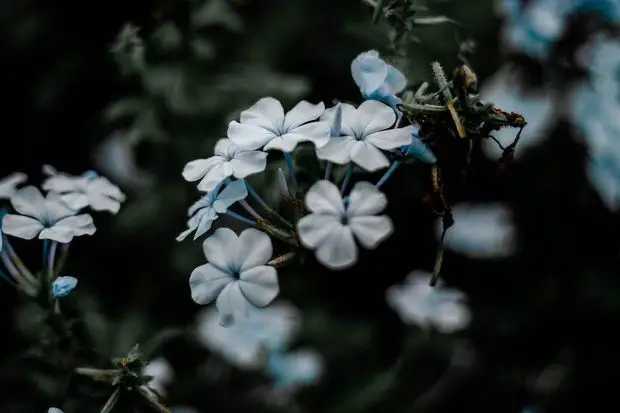
Yes, jasmine can be classified as a perennial plant. Certain varieties exhibit perennial traits, however, others may be annuals or tender perennials, depending on their growth characteristics and climate conditions.
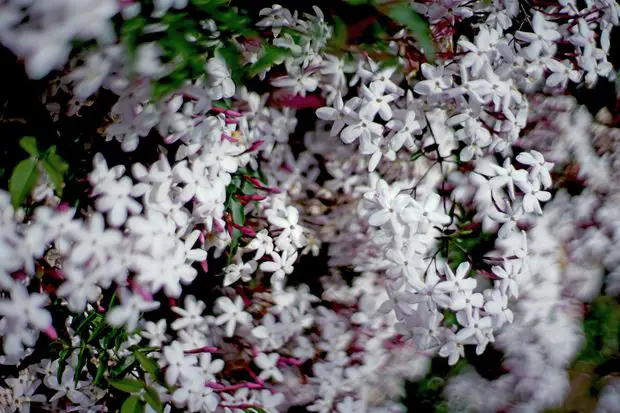
The allure of jasmine lies not only in its visual appeal but also in the power of its fragrance. The sweet and seductive scent of jasmine flowers has been celebrated for centuries, evoking a sense of serenity, romance, and even spiritual enlightenment.
Originating from various parts of the world, including Asia, Europe, and Africa, jasmine has a rich cultural history and is revered for its elegance and versatility. In ancient tales and modern poetry alike, jasmine has been hailed as the flower of love, purity, and sensuality.
Perennial jasmine varieties, such as Jasminum Officinale and Jasminum Sambac, are known for their long-lasting presence in the garden. These hardy plants endure through the seasons, gracing us with their fragrant blossoms year after year. Their reliability and endurance make them beloved choices for gardeners seeking a lasting floral display.
On the other hand, there are jasmine species that are more sensitive to cold temperatures and may require protection or even indoor cultivation in colder climates. For these tender perennials, providing proper care and a suitable environment becomes crucial to their survival and thriving.
In this article, we will delve deeper into the characteristics of specific jasmine varieties, their growth habits, and the factors that influence their longevity in different climates.
Will Jasmine survive winter?
As the seasons shift and winter spreads its icy touch, many gardeners wonder if their beloved jasmine plants can weather the cold. It is a valid concern, considering the delicate nature of these fragrant blooms. So, what can we expect when the frosty breath of winter arrives? The answer, my fellow garden enthusiasts, lies in the diverse world of jasmine varieties. While some jasmine species are hardy and can withstand freezing temperatures, others are more tender and require special care to make it through the winter months unscathed.
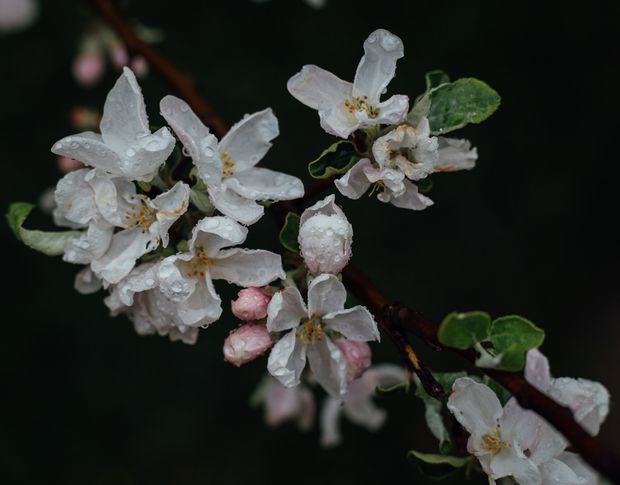
Let us begin with the hardier jasmine varieties, such as Jasminum Officinale and Jasminum Nudiflorum. These stalwart beauties have adapted to colder climates and are known for their ability to brave winter's chill. With proper preparation and a touch of winter protection, these robust jasmines can survive and even thrive, providing joy with their blossoms when the snow melts away.
On the other hand, there are more delicate jasmine species, like Jasminum Polyanthum and Jasminum Grandiflorum, which are more susceptible to frost damage. These tender jasmines might require additional care and attention during winter. Consider providing them with sheltered spots, such as against a south-facing wall or under a protective canopy, to shield them from harsh winds and freezing temperatures.
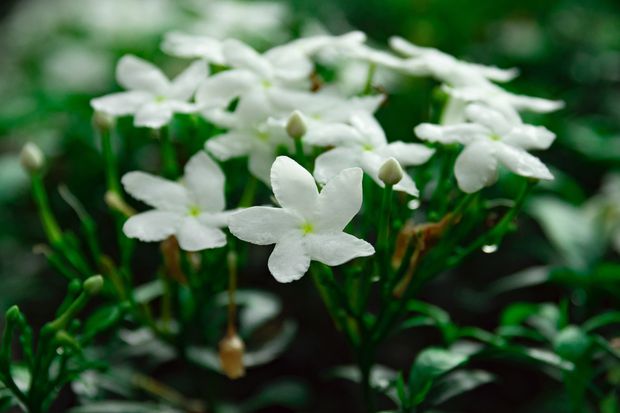
A layer of mulch around the base of jasmine plants can also provide insulation and protect their root systems from extreme cold. Be sure to apply the mulch before the first frost, as it helps retain moisture and regulate the soil temperature, keeping the plants cozy during winter slumber.
In regions with severely cold winters, it may be necessary to bring potted jasmine plants indoors or provide them with a temporary shelter. Find a sunny spot near a window where they can soak up the winter rays, and monitor their watering needs accordingly.
Remember, each jasmine variety has its own tolerance to winter conditions, and local climate factors play a significant role in their survival. Understanding your specific jasmine's needs and adapting your care practices accordingly will go a long way in ensuring their well-being during the colder months.
Does Jasmine come back after winter?
As the winter frost gives way to the gentle touch of spring, gardeners eagerly await signs of life from their beloved jasmine plants. The question on their minds is simple yet filled with hope. The answer, my folks is a resounding "Yes!" In most cases, Jasmine has a remarkable ability to bounce back and thrive after winter's icy grip. While the severity of winter and the specific jasmine variety can impact their recovery, these resilient plants often rejuvenate and return with renewed vigour.
Hardy jasmine species, such as Jasminum Officinale and Jasminum Nudiflorum, possess an innate toughness that allows them to withstand the harshest winter conditions. As the temperatures rise and sunlight becomes more abundant, these dependable jasmines send forth new shoots and buds, gracing the garden with their familiar beauty once again.
For the more tender jasmine varieties, a little extra care and patience may be required. They might exhibit signs of winter damage, such as browning leaves or reduced vigour, but fear not! With the arrival of spring warmth, these resilient plants often find their strength and push forth new growth, signalling their return.
To support jasmine's comeback after winter, ensure they receive adequate sunlight, water, and nourishment. Pruning any damaged or dead branches in early spring can also promote healthy growth and encourage the plant to focus its energy on new shoots.
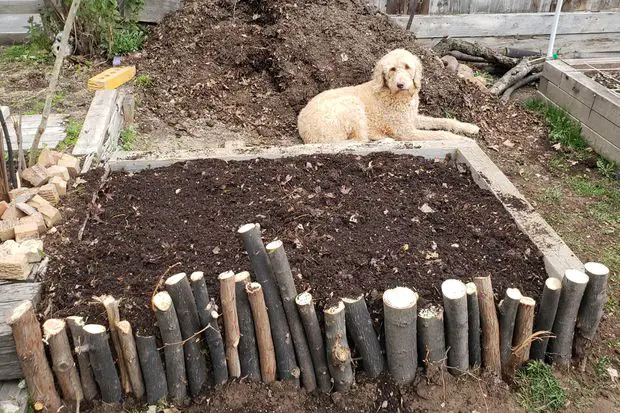
In some cases, you may need to exercise patience as jasmine plants gradually recover from the winter dormancy. Remember that each variety has its own growth cycle and timeline. Be attentive to the unique needs of your jasmine, providing it with the care it requires, and soon you will witness the triumphant return of its fragrant blossoms.
How Do I Protect My Outdoor Jasmine in the Winter?
When cultivating jasmine plants outdoors, it is essential to provide them with proper winter protection to ensure their survival and health. Here are some tips and tricks shared by experienced gardeners to help you protect your outdoor jasmine during the cold winter months.
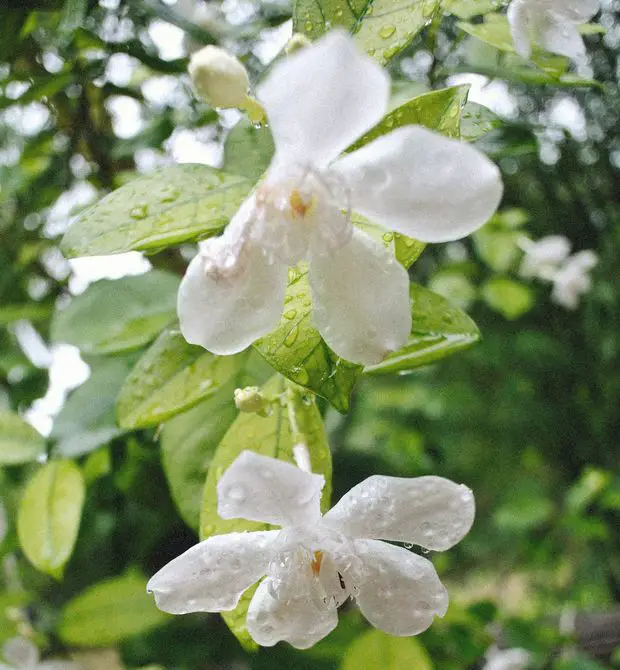
- Mulching Magic: Apply a layer of organic mulch, such as straw or shredded hardwood, around 6 inches (15 cm.) deep. This acts as a protective blanket, insulating the roots and preventing soil temperature fluctuations. Additionally, consider adding compost or well-rotted manure beneath the mulch for added nourishment.
- Wrap It Up: For areas with severe winters, wrap your jasmine plants with burlap or frost blankets. This shields them from freezing temperatures and harsh winds. Ensure the wrapping is secure but allows for some air flow to prevent moisture buildup.
- Create Microclimates: Create microclimates to protect your jasmine plants. Erect temporary barriers like fences or trellises on the windward side to reduce cold drafts. Position potted jasmine plants near south-facing walls or structures for extra warmth and protection.
- Pruning Preparations: Before winter sets in, prune your jasmine plants by removing any dead, damaged, or diseased branches. This promotes plant health and prevents the risk of pests or diseases during dormancy. If withering occurs, prune the stems down to approximately 6 inches (15 cm.) above the ground.
- Hydration Matters: Water your jasmine plants sparingly during winter, keeping the soil slightly moist but not overly saturated. Avoid overwatering, as excessive moisture can lead to root rot.
- Sheltered Spots: Identify sheltered spots in your garden that provide natural protection from winter elements. These areas, near buildings, trees, or larger plants, can act as windbreaks and create milder microclimates. If possible, relocate potted jasmine plants to these sheltered spots.
- Indoor Haven: In regions with extremely cold winters, consider bringing jasmine plants indoors. Gradually acclimate them to indoor conditions by introducing them a few weeks before the first frost. Place them in a well-lit area near a south-facing window. Maintain normal room temperatures during the day and cooler temperatures at night to allow for proper rest.
- Monitor Humidity: Indoor environments can have dry air, which may affect jasmine plants. Increase humidity by placing the pot on a tray filled with water and pebbles or using a cool mist vaporizer or humidifier.
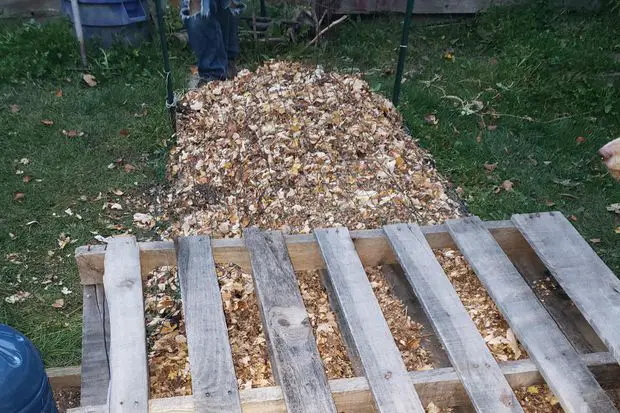
Once the threat of frost has passed, reintroduce your jasmine plants outdoors. Provide them with liquid fertiliser and allow them a few days to acclimate before leaving them outside overnight.
Remember, every garden and climate is unique, so adapt these techniques based on your specific conditions and observations. By taking proactive steps to protect your outdoor jasmine during winter, you can ensure their longevity and enjoy their beauty year after year.
Do I Need to Cover My Jasmine in the Winter? Exploring Winter Care for Your Beloved Plants
The question of whether to cover your jasmine plants during the winter months is a common concern among gardeners. While jasmine plants are generally hardy, their ability to withstand winter conditions may vary depending on the specific species and your geographical location. Let's delve into the factors to consider when deciding whether to cover your jasmine in the winter.
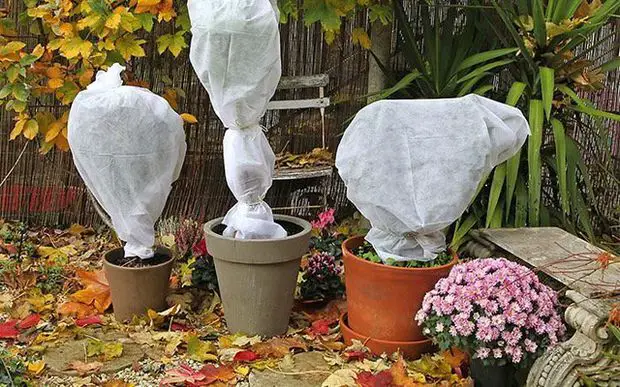
Firstly, it is important to understand your climate and the hardiness zone in which you reside. Jasmine varieties differ in their cold tolerance, with some being more resilient to freezing temperatures than others.
If you live in a region with mild winters and your jasmine belongs to a hardy variety, covering may not be necessary. However, if you experience harsh winters or your jasmine is a more delicate species, providing extra protection is advisable.
The severity of winter conditions also plays a significant role. Extremely low temperatures, frost, strong winds, and prolonged periods of freezing temperatures can be detrimental to jasmine plants. In such cases, covering your plants can help shield them from the harshest elements and prevent frost damage.
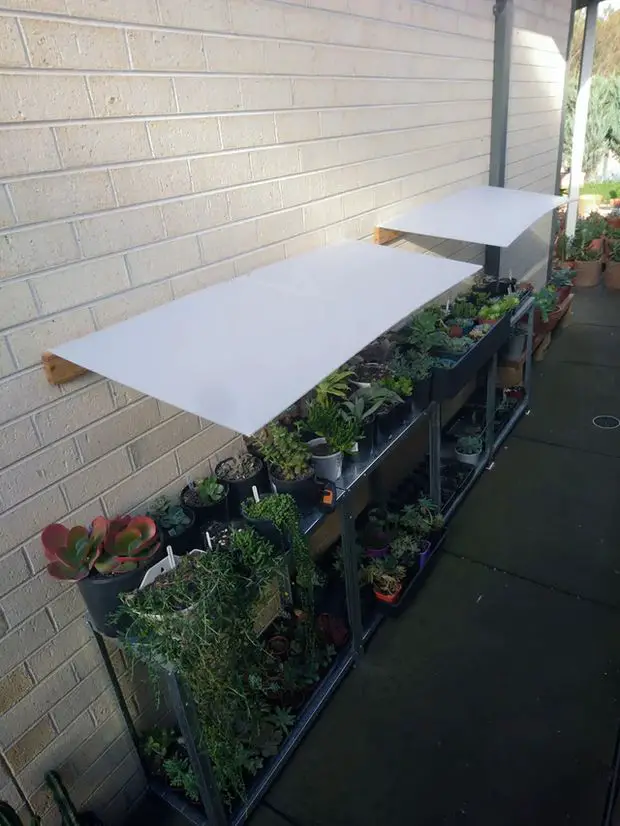
Covering methods can include using materials like burlap, frost blankets, or even old bedsheets. These covers provide a barrier against freezing temperatures and wind, creating a microclimate around the plants. It is essential to secure the covers properly, ensuring they don't come loose or suffocate the plants.
Another factor to consider is the plant's health and overall hardiness. A healthy jasmine plant is more likely to withstand winter conditions compared to a stressed or weakened one. Proper care throughout the year, including regular watering, fertilising, and pruning, can enhance the plant's resilience and reduce the need for extensive winter protection.
Final thoughts
Nurturing and caring for jasmine plants during the winter months is crucial to their long-term health and vitality. From protecting them from freezing temperatures to providing proper insulation and maintaining adequate moisture levels, each step contributes to their well-being. Remember, the beauty and fragrance of jasmine are rewards that await those who invest time and effort into their care.
As the winter season approaches, let us embrace the opportunity to tend to our beloved jasmine plants with diligence and care. By providing the necessary protection and creating a nurturing environment, we can witness the resilience and beauty of these remarkable plants. So, cover them if needed, nurture them through the cold, and await the joyous return of vibrant blooms when spring awakens.
